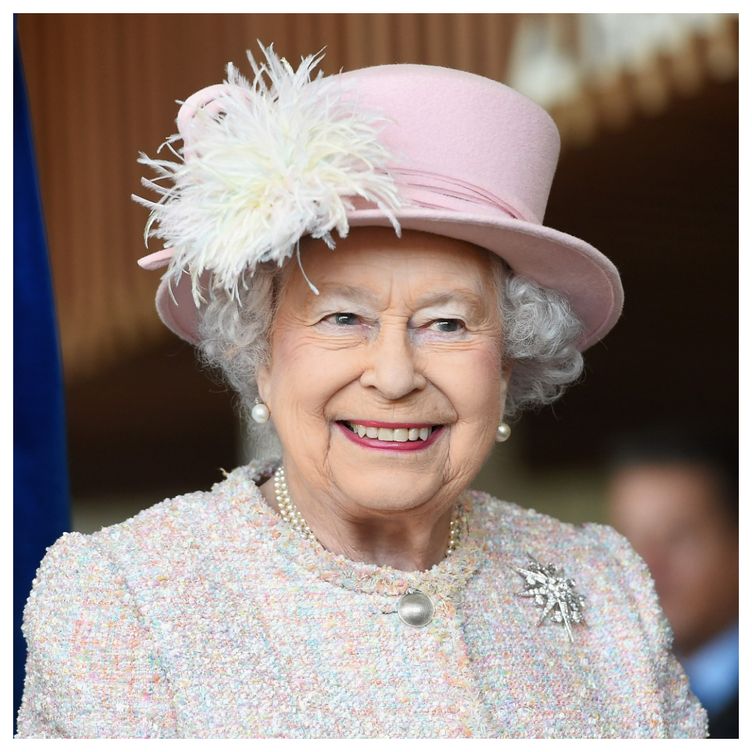
The history of the United Kingdom of Great Britain and Northern Ireland will not be complete without the mention of Queen Elizabeth the second who ascended the throne at the age of twenty-five and reigned for seventy years.
Queen Elizabeth who recently passed on at the Balmoral Castle in Scotland at the age of ninety-six was born on twenty-first April, nineteen twenty-six in Mayfair London, to the then Duke and Duchess of York.
Her father ascended the throne in nineteen thirty-six upon the abdication of his brother, King Edward, making Elizabeth the heir presumptive. She was educated privately at home in Constitutional History and began to undertake public duties during the Second World War, serving in the Auxiliary Territorial Service.
On November nineteen forty-seven, she married Philip Mountbatten, a former Prince of Greece and Denmark and the marriage lasted seventy-three years until his death in April twenty twenty-one.
When her father died in February nineteen fifty-two, Elizabeth, became Queen in nineteen fifty-three presiding over seven Independent Commonwealth Nations; the United Kingdom, Canada, Australia, New Zealand, South Africa, Pakistan, and Ceylon known today as Sri Lanka as well as Head of other Commonwealth realms.
Originally known as Elizabeth Alexandra Mary, the late Queen who worked with fifteen Prime Ministers took charge as a Constitutional monarch, overseeing major political changes in Northern Ireland including devolution of the United Kingdom and Decolonisation of some Africa Countries.
It is important to note that during her reign, the Queen was able to strengthen ties with all Commonwealth Nations to the extent that she made over fifty trips to cement the relationship that existed between the throne and other territories within her jurisdiction.
In nineteen fifty-six, for instance, Nigeria played host to the Queen who came visiting for the first time, three years after ascending the throne; at the time Sir James Robertson was serving as Governor-General.
For twenty days beginning from twenty-eight January to sixteen February, she alongside her husband toured places like Kano, Kaduna, Enugu, and Lagos where she commissioned a painter and sculptor Ben Enwonwu to make a bronze sculpture of her.
The sculpture was completed in nineteen fifty-seven, and in November of the same year, it was presented at the Royal Society of British Artists exhibition in London.
Queen Elizabeth II was seventy-six when she visited Nigeria for the second time in two thousand of three during the administration of President Olusegun Obasanjo to attend and preside over the eighteenth Commonwealth Heads of Government meeting in Abuja with representatives from fifty-one countries.
As a monarch who operated with Commonwealth Nations based on a non-racial and non-political basis, the reign of the Queen paved the way for so many Nigerians to live and work in the United Kingdom; contributing significantly to development in critical sectors. In fact, Nigeria’s Emeka Anyaoku at a time served under the Queen as Secretary General of the Commonwealth.
Importantly, the Queen who was at the helm of affairs before October first handed Nigeria her independence through a proxy Princess Alexandra of Kent who presented Nigeria’s instrument of Independence also known as the Freedom Charter to Sir Abubakar Tafawa Balewa.
All the aforementioned is a pointer to the fact that the late Queen who was also Head of State, had close links with territories within her domain, this explains the many visits she paid to Commonwealth Nations to build on existing relationships.
Expectedly, King Charles who was in Nigeria recently while still the Prince of Wales and has ascended the throne as king after being under the tutelage of his mother for seventy years must work to strengthen the already existing ties between the United Kingdom and Nigeria so as to guarantee mutual collaboration in critical areas of the interest.
As Queen Elizabeth was laid to rest at Windsor Castle outside of London, the United Kingdom of Great Britain and Northern Ireland are beginning to adjust to the new slogan of God save the Queen to God save the King.
Written by Awuhe Terfa
